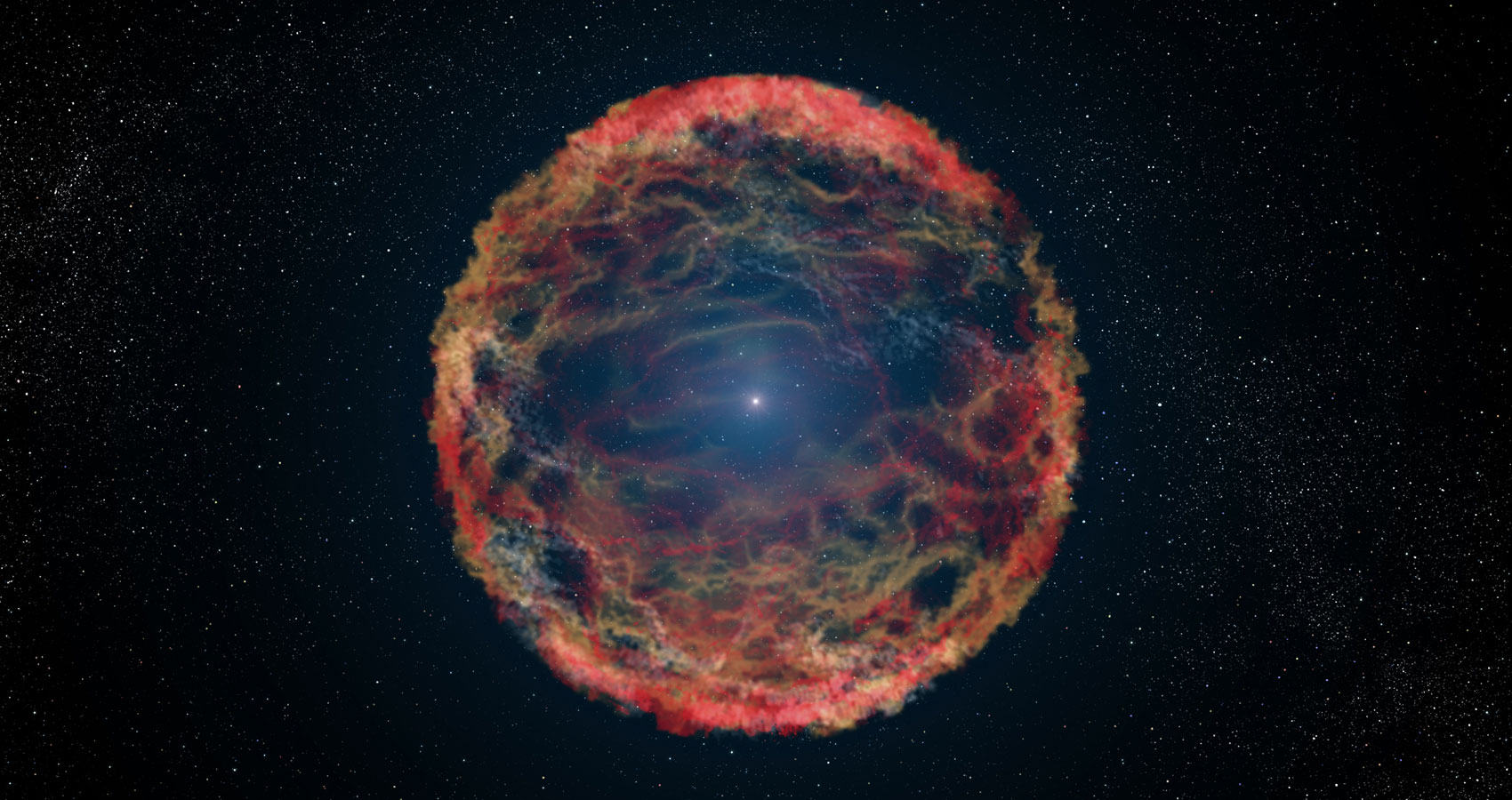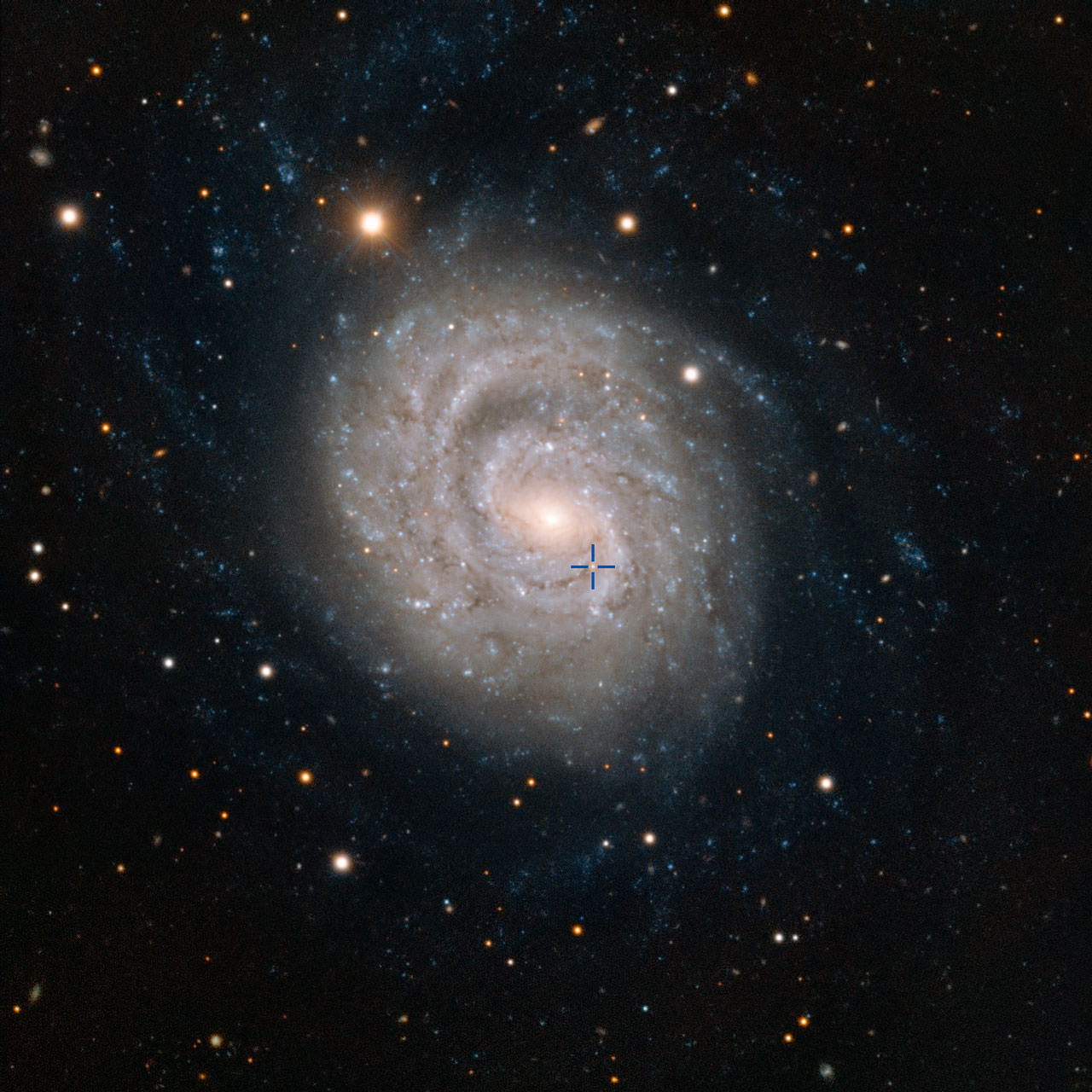The Crab Nebula has always fascinated me, albeit amazed me that it doesn’t look anything like a crab! It’s the result of a star that exploded at the end of its life back in 1054 CE, leaving behind what is known as a supernova remnant. Back then the explosion would have been visible to the naked eye, even in daytime. It was thought that the supernova that led to the cloud was from a less evolved star with a core made from oxygen, neon and magnesium. Recent studies by the James Webb Space Telescope reveals that it may actually be the core collapse of an iron rich star.
Continue reading “Something’s Always Been Off About the Crab Nebula. Webb Has Revealed Why!”Hundreds of Massive Stars Have Simply Disappeared

The lifecycle of a star is regularly articulated as formation taking place inside vast clouds of gas and dust and then ending either as a planetary nebula or supernova explosion. In the last 70 years however, there seems to be a number of massive stars that are just disappearing! According to stellar evolution models, they should be exploding as supernova but instead, they just seem to vanish. A team of researchers have studied the behaviour of star VFTS 243 – a main sequence star with a black hole companion – and now believe it, like the others, have just collapsed, imploding into a black hole!
Continue reading “Hundreds of Massive Stars Have Simply Disappeared”Gravitationally Lensed Supernovae are Another Way to Measure the Expansion of the Universe
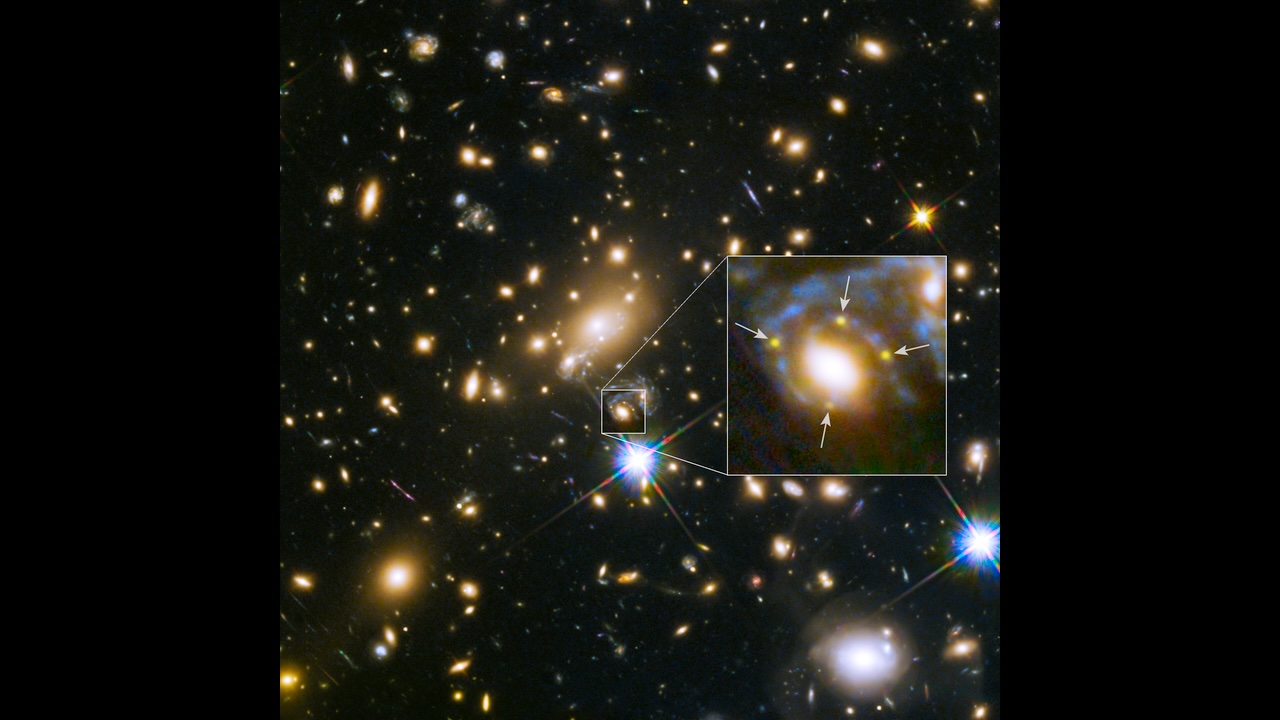
Supernova are a fascinating phenomenon and have taught us much about the evolution of stars. The upcoming Nancy Grace Roman telescope will be hunting the elusive combination of supernovae in a gravitational lens system. With its observing field 200 times that of Hubble it stands a much greater chance of success. If sufficient lensed supernovae are found then they could be used to determine the expansion rate of the Universe.
Continue reading “Gravitationally Lensed Supernovae are Another Way to Measure the Expansion of the Universe”Giant Star Seen 150 Days Before it Exploded as a Supernova
Supernovae are relatively rare. It might not seem like it, but that’s because they’re so bright we can see them in other galaxies a great distance away. In fact, in 2022, astronomers spotted a supernova over 10 billion light-years away.
Any time astronomers spot a supernova, it’s an opportunity to learn more about these rare, cataclysmic explosions. It’s especially valuable if astronomers can get a good look at the progenitor star before it explodes.
Continue reading “Giant Star Seen 150 Days Before it Exploded as a Supernova”By Looking Back Through Hubble Data, Astronomers Have Identified six Massive Stars Before They Exploded as Core-Collapse Supernovae
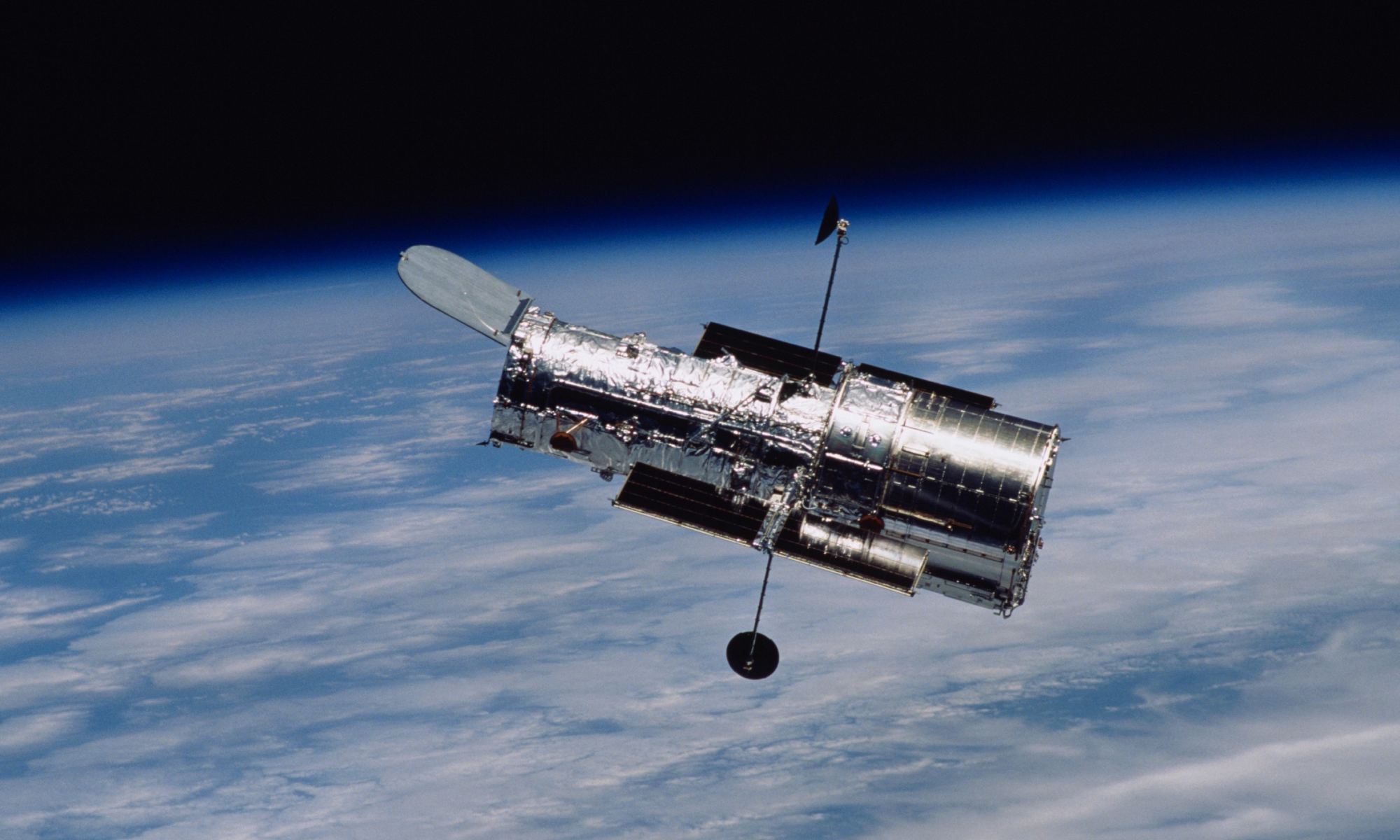
The venerable Hubble Space Telescope has given us so much during the history of its service (32 years, 7 months, 6 days, and counting!) Even after all these years, the versatile and sophisticated observatory is still pulling its weight alongside more recent addition, like the James Webb Space Telescope (JWST) and other members of NASA’s Great Observatories family. In addition to how it is still conducting observation campaigns, astronomers and astrophysicists are combing through the volumes of data Hubble accumulated over the years to find even more hidden gems.
A team led by Caltech’s recently made some very interesting finds in the Hubble archives, where they observed the sites of six supernovae to learn more about their progenitor stars. Their observations were part of the Hubble Space Telescope Snapshot program, where astronomers use HST images to chart the life cycle and evolution of stars, galaxies, and other celestial objects. From this, they were able to place constraints on the size, mass, and other key characteristics of the progenitor stars and what they experienced before experiencing core collapse.
Continue reading “By Looking Back Through Hubble Data, Astronomers Have Identified six Massive Stars Before They Exploded as Core-Collapse Supernovae”Detecting the Neutrinos From a Supernova That’s About to Explode
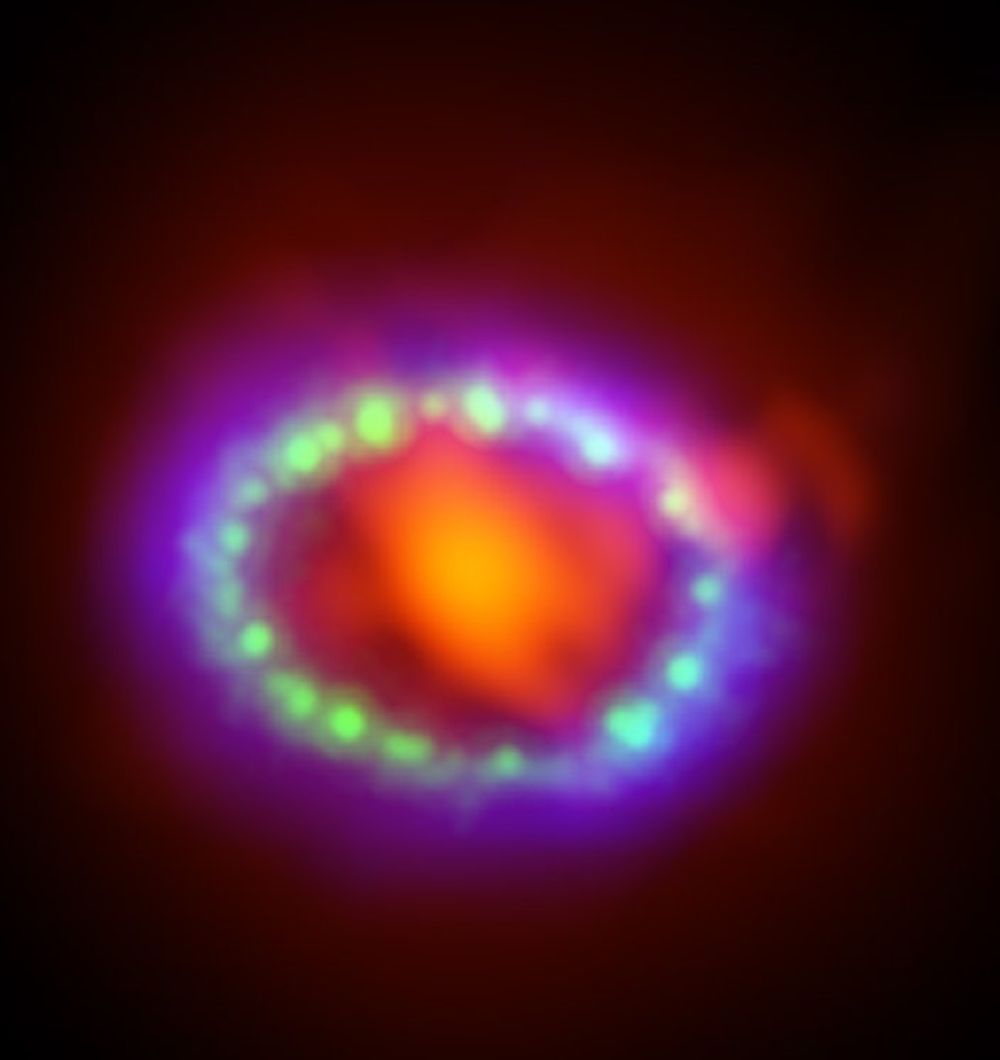
Neutrinos are puzzling things. They’re tiny particles, almost massless, with no electrical charge. They’re notoriously difficult to detect, too, and scientists have gone to great lengths to detect them. The IceCube Neutrino Observatory, for instance, tries to detect neutrinos with strings of detectors buried down to a depth of 2450 meters (8000 ft.) in the dark Antarctic ice.
How’s that for commitment.
Continue reading “Detecting the Neutrinos From a Supernova That’s About to Explode”Grand Spiral Galaxy Graced By Faded Supernova
One of the most lovely deep space objects to observe is the grand-design spiral galaxy and there are few so grand as NGC 1637. Located in the constellation of Eridanus and positioned approximately 35 million light years away, this twisted beauty was home to a radical supernova event just 14 years ago. Now astronomers are taking a close look at the resultant damage caused by the stellar explosion and giving us some pretty incredible views of the galaxy as well.
When viewing NGC 1637, it seems as if the galaxy itself is evenly distributed, but take a closer look. In this image you will notice the spiral arm to the top left is much more openly constructed and stretches out a bit further than the more concentrated and stubby spiral arm to its opposite side. You will also notice the more compact arm has the appearance of being cut through its mid-section. In whole, this particular appearance is what astronomers refer to as a “lopsided spiral galaxy”.
Now, let’s talk about what happened to disturb the peace…
In 1999, high atop Mt. Hamilton and near San Jose, California, the Lick Observatory was busy utilizing a telescope which specialized in searching for supernova events. Low and behold, they discovered one… a very bright one located in NGC 1637. Like all astronomical observations, the call went out immediately to other observatories to confirm their find and to gather support data. As with most dramatic events, SN 1999em was quickly and thoroughly researched by telescopes around the world – its magnitude carefully recorded and the resultant fading meticulously accounted for as the years have passed.
Better to burn out than to fade away? There are very few things in our natural world which can match the violent beauty of a supernova event. When a star ends its life in this way, it goes out with a bang, not a whimper. For their cosmic finale, they briefly outshine the combined light of all the stars contained within the host galaxy. Like snowflakes, each supernova is unique and the cataclysmic star within NGC 1637 was eight times more massive than our Sun.
This video sequence starts with a view of the bright constellation of Orion (The Hunter). As we zoom in, we focus on an adjacent region of the constellation of Eridanus (The River) and a faint glow appears. This is the spiral galaxy NGC 1637, which appears in all its glory in the final view from ESO’s Very Large Telescope. In 1999 scientists discovered a Type II supernova in this galaxy and followed its slow fading over the following years. Credit: ESO/Nick Risinger
Go ahead. Take another look. During the confirmation observing runs, astronomers also imaged SN 1999em with the VLT and this data was combined with the Lick Observatory information to give us the spectacular view above. Caught in the spiral arm are young stars singing the blues amidst ethereal gas clouds and veiling dust lanes. NGC 1637 isn’t alone, either… You’ll see line of sight stars and even more galaxies in the background.
No rust here…
Original Story Source: ESO News Release.


